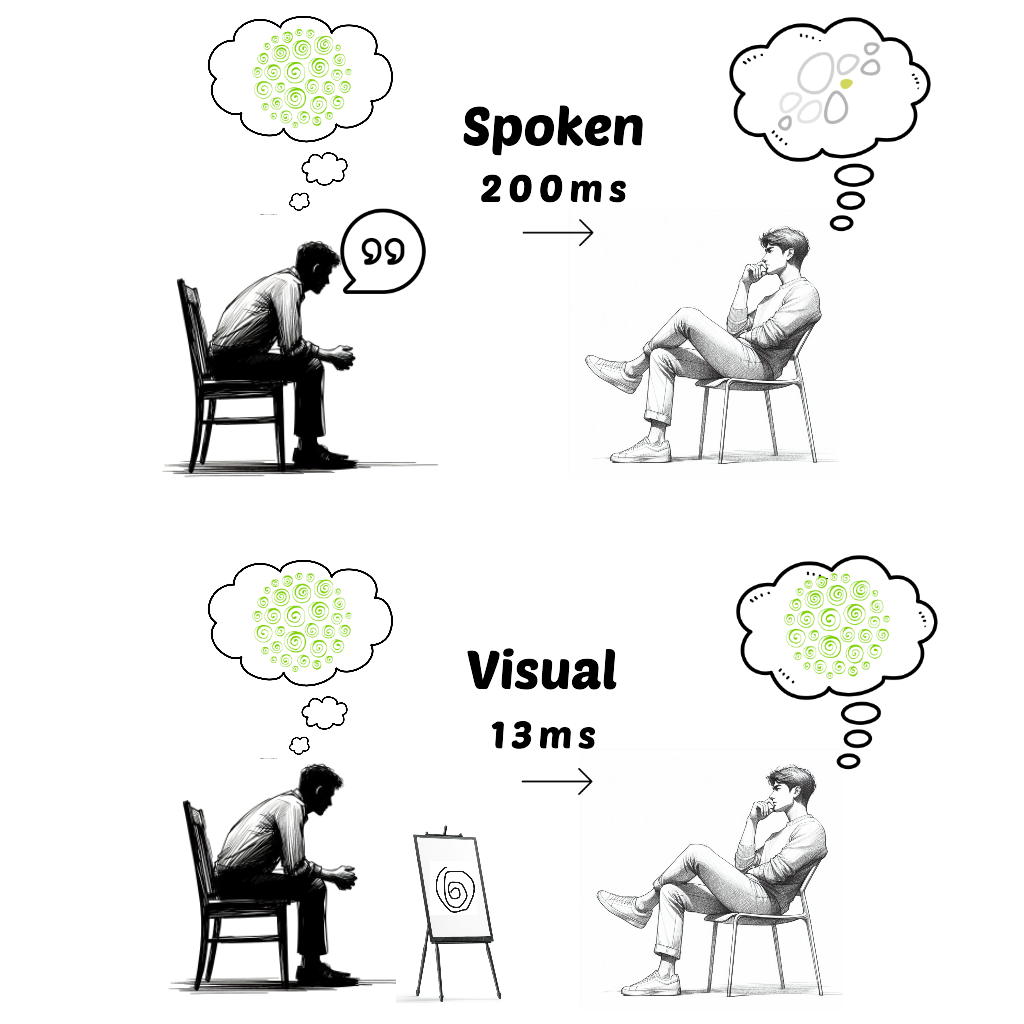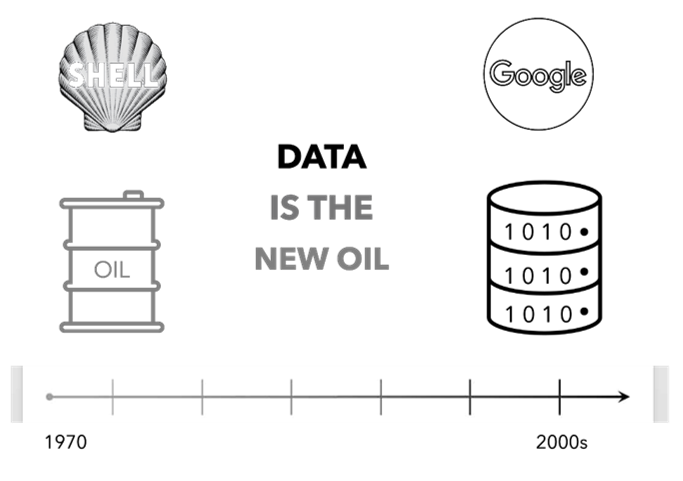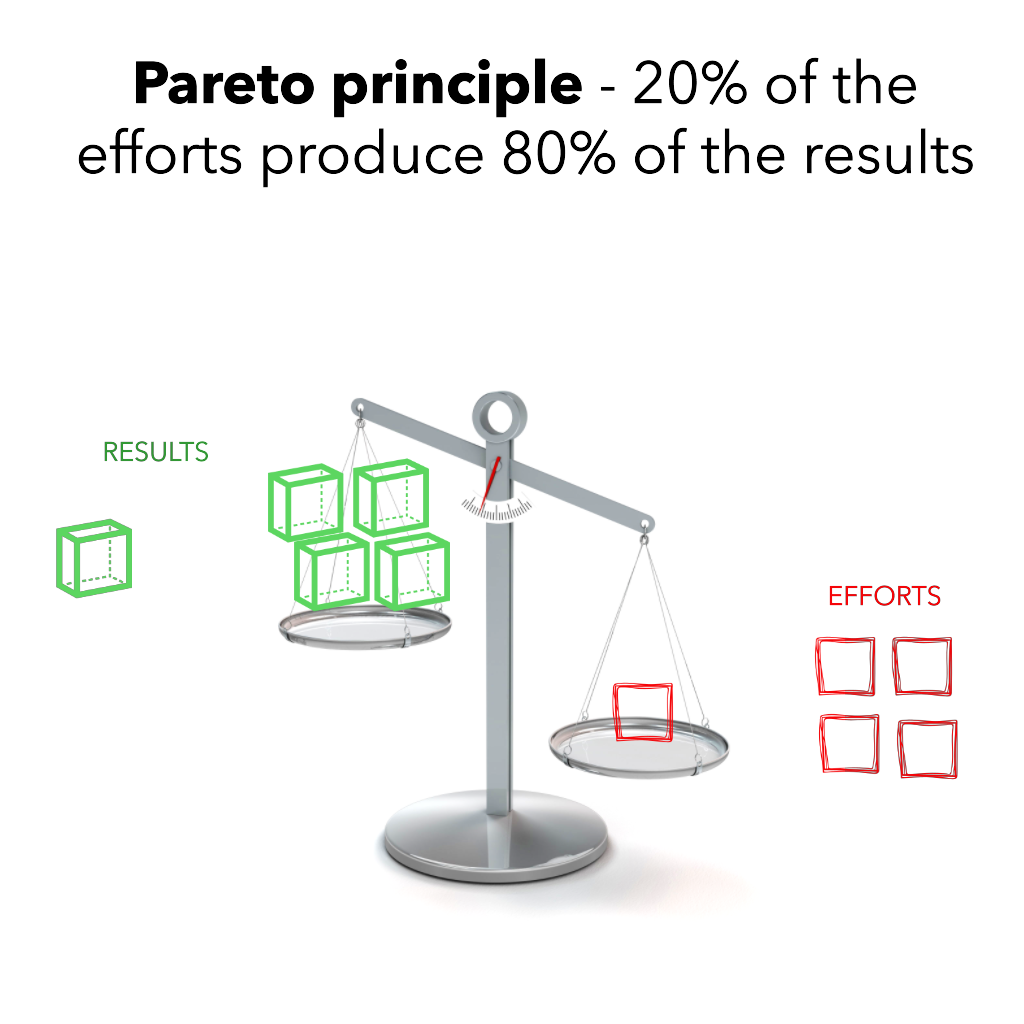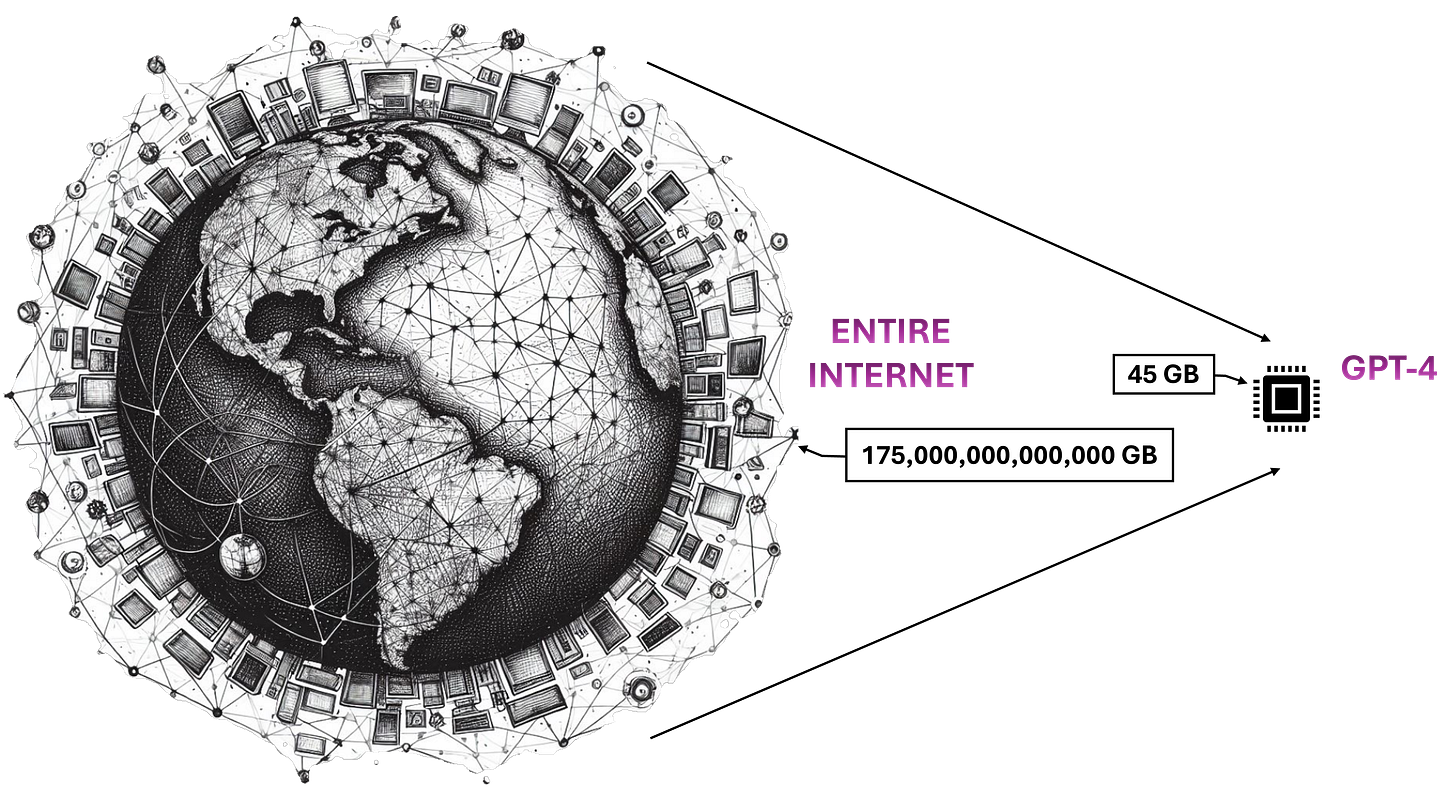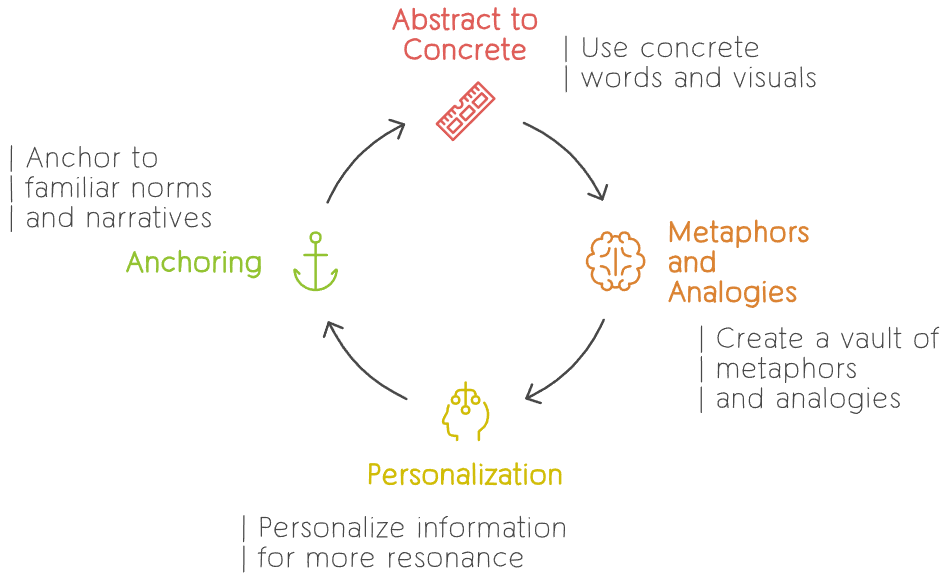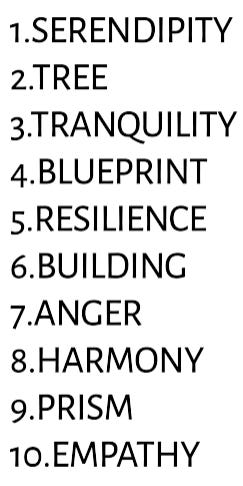Effective communication in the age of AI
The power of Narratives and Visualizations
In today's AI age, as AI automates the hard skills, it is our soft skills – our ability to connect, inspire, and persuade through elegant speech, writing, and visual expression – that will define our value and relevance. We stand at an inflection point where machines master the routine, while we humans will unlock creativity, meaning, and momentum through the art of communication.
As AI speeds ahead, our survival depends on reclaiming and elevating our most fundamental shared skill - communication. This article equips you with the tools to become a maestro of the two core elements of communication - Narratives and Visualizations.
Narratives
One powerful technique for enhancing communication is the use of narratives – stories, beliefs, and other elements that tap into our innate human tendency to find meaning through narrative structures. In our data-driven world, we often find ourselves awash in numbers and analyses, grasping key insights that drive strategic decisions. However, conveying those insights in a way that resonates across teams and stakeholders requires more than just reciting facts and figures. This is where the power of narratives becomes indispensable.
Narratives encapsulate context, structure, and emotional grounding of complex data and concepts. But the most important characteristic of narratives is that they create network effects - the more a narrative proliferates and gains traction, the more powerfully it can influence mindsets and behavior.
Examples in Action:
"Artificial Intelligence is the new electricity." - This simple comparison instantly conveys the transformative potential of AI, drawing parallels to how electricity revolutionized society.
"Data is the new oil." - This evocative phrase prompts reflections on historical precedents, drawing parallels between the oil industry's titans like Shell and Exxon Mobil and contemporary tech giants like Google, Apple, and Amazon.
"Come for the tool, stay for the network" - This framing, popularized by investor Chris Dixon, deftly captures the viral dynamics underpinning successful online tools and platforms.
These succinct narratives encapsulate complex ideas and guide strategic approaches. Crafting gripping narratives is an art requiring creativity and practice. However, some techniques can elevate your narrative building skills. But before we look into the techniques let’s explore another core element of effective communication - visualizations.
Visualizations
Humans process images significantly faster than words, taking only 13ms for images compared to 200ms for words. Moreover, images convey more information and enhance memory retention, with people recalling 65% of information when it's paired with visuals, as opposed to just 10% from text alone. This phenomenon, known as the picture superiority effect, highlights the efficacy of visual communication.
When we use words, the process involves multiple steps: the communicator imagines, then translates these thoughts into words—often constrained by their vocabulary. The recipient then interprets these words through their own biases before visualizing the intended message. This multi-step process can lead to a loss of detail, akin to the loss experienced in electricity transmission. Visuals, by reducing these steps, foster better understanding and information transfer between the communicator and the recipient.
Examples in action:
Data is the new oil - Anchoring the narrative example referred earlier in a visual shown below.
Pareto Principle - 20% of our efforts determine 80% of our results. Focus and prioritize what’s important.
Power of LLMs - Large language models like GPT-4 compress the vastness of internet knowledge in a compact 45GB format.
Techniques to build better narratives and visualizations
Abstract to Concrete
Leading memory experts often advocate for the loci method, where you place imaginary items, you wish to remember within a familiar physical setting. This technique taps into our innate ability to grasp and retain abstract ideas by anchoring them to a tangible framework.
To illustrate the power of concrete versus abstract, try remembering a list of 10 words shown below without revisiting them.
Notice how words that evoke clear visuals, like "TREE" and "BUILDING" are easier to recall than abstract terms like "SERENDIPITY" and "RESILIENCE". This phenomenon highlights the power of using vivid, concrete language in communication. For instance, Steve Jobs famously described the iPod not by its technical capacity but as "1000 songs in your pocket" making the concept instantly relatable. Similarly, choosing words that paint a clear picture, like "jumping with joy" instead of "ecstatic," can significantly enhance understanding and retention. By embracing the power of concrete language and vivid imagery we create more lasting impressions, whether in everyday conversations, professional settings, or educational contexts.
Metaphors and Analogies
Our brains, evolved for our protection, naturally look for patterns and familiarity. Metaphors and analogies serve to frame new ideas in contexts we already understand, making it easier to grasp abstract concepts by comparing them to concrete experiences. While they are similar, metaphors and analogies have subtle differences.
Analogies explicitly compare to aid understanding, while metaphors use implicit comparison to inspire imagination. For instance, analogies like equating technical debt to a software developer carrying a concrete backpack, or describing a computer as a bicycle for the mind as Steve Jobs did, help clarify concepts. The concept of a "desktop" in computer interfaces is a metaphor that draws upon the familiar notion of a physical workspace, making it easier for users to grasp the organization and functionality of digital environments. Similarly, the "cloud" is a metaphorical representation of remote data storage and computing resources, simplifying a complex technological concept by relating it to the familiar idea of a cloud in the sky.
When listeners can visualize a concept through a metaphor or follow the logic of an analogy, they're more likely to comprehend and remember the information. This makes metaphors and analogies not just linguistic flourishes but essential elements of effective communication.
Personalization
Throughout the course of evolution, our minds have developed filters that allow us to discern crucial signals from the surrounding noise. Information directly relevant to our personal experiences or circumstances tends to grab our attention more effectively. As a result, when communicating, framing your message in a way that strikes a personal chord with the receiver can significantly enhance its impact and memorability. Consider the topic of inflation, which affects all of us on a daily basis. If someone merely states that "inflation rose by 3% last quarter," we might not fully grasp the significance or relevance of this statistic to our lives. However, if they personalize the information by saying, "the price of everyday groceries, like vegetables, went up by 10% on average," it immediately captures our attention because it directly relates to our household expenses and quality of life.
Another compelling example can be found in discussions about national debt. If you're listening to a report on TV that states, "the national debt is precariously high at 98% of the GDP," the abstract nature of the statistic might cause us to glide over its implications. However, if the same information is presented in a more personalized manner, such as "the national debt amounts to $XX,XXX per household" or "each citizen's share of the national debt is $X,XXX," the figure becomes far more memorable and resonating because it directly relates to our individual financial responsibilities and burdens.
Remember, human beings are inherently self-centered, not in a negative sense, but in a way that prioritizes information and experiences that directly impact their lives. By embracing personalization in your communication, you can break through the noise and ensure that your message is heard, understood, and remembered.
Anchoring
In the realm of communication, anchoring is a powerful technique that involves strategically establishing reference points to shape and guide the audience's perception of a new idea or important information. By providing a familiar anchor or context, communicators can effectively narrow the interpretive aperture, converging the receiver's understanding and setting the stage for more impactful messaging.
Anchoring can be achieved through various means, including visualizations, numbers, analogies, narratives, or even popular references. The key is to leverage a concept or frame of reference that resonates with the audience, allowing them to grasp and interpret the new information within a familiar context.
One of the most iconic examples of anchoring in communication is Steve Jobs' masterful introduction of the MacBook during its launch event. Instead of simply stating the MacBook's thickness as 0.7 inches, Jobs employed a brilliant anchoring strategy by stating that the thickest part of MacBook was still thinner than the thinnest part of the Sony TZ Series — one of the thinnest laptops back in 2008.
Anchoring is also a prevalent technique in retail commerce, where retailers strategically utilize price anchors to influence consumer perception of value. A common practice is to present two collections of items: one priced significantly higher, say $600, and another moderately priced, say $350. By anchoring the $350 item against the $600 reference point, the moderately priced option suddenly seems like a bargain, a great deal in comparison. This anchoring effect can sway consumers' decision-making process, making the $350 item appear more attractive and compelling.
Anchoring is a versatile and powerful communication tool that transcends various domains, from product launches and marketing to negotiations, persuasion, and public discourse.
In a world where machines calculate but cannot contextualize, those who master the synergistic arts of visual and narrative expression will emerge as indispensable guides illuminating the path to wiser decisions and greater feats of collaborative creation. For in the end, while AI may out-compute us, our singular superpower remains the capacity to leverage words and pictures to weave new realities into existence.



